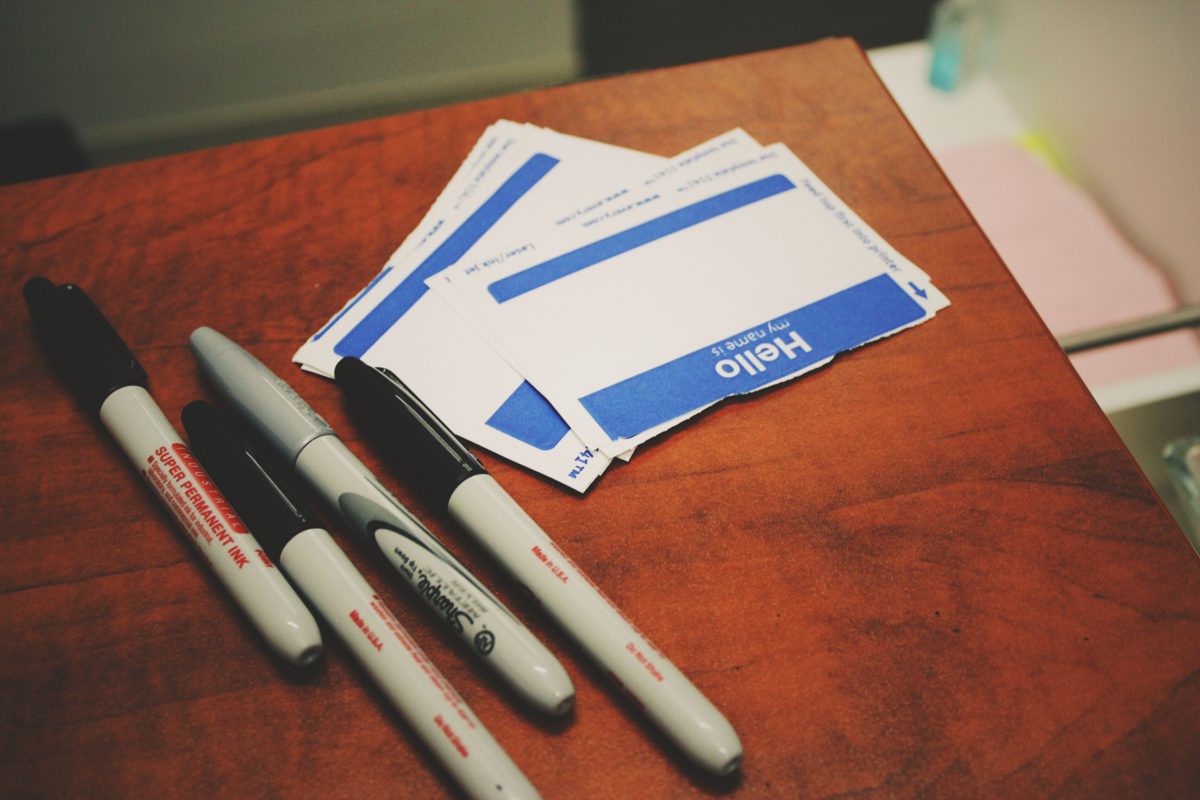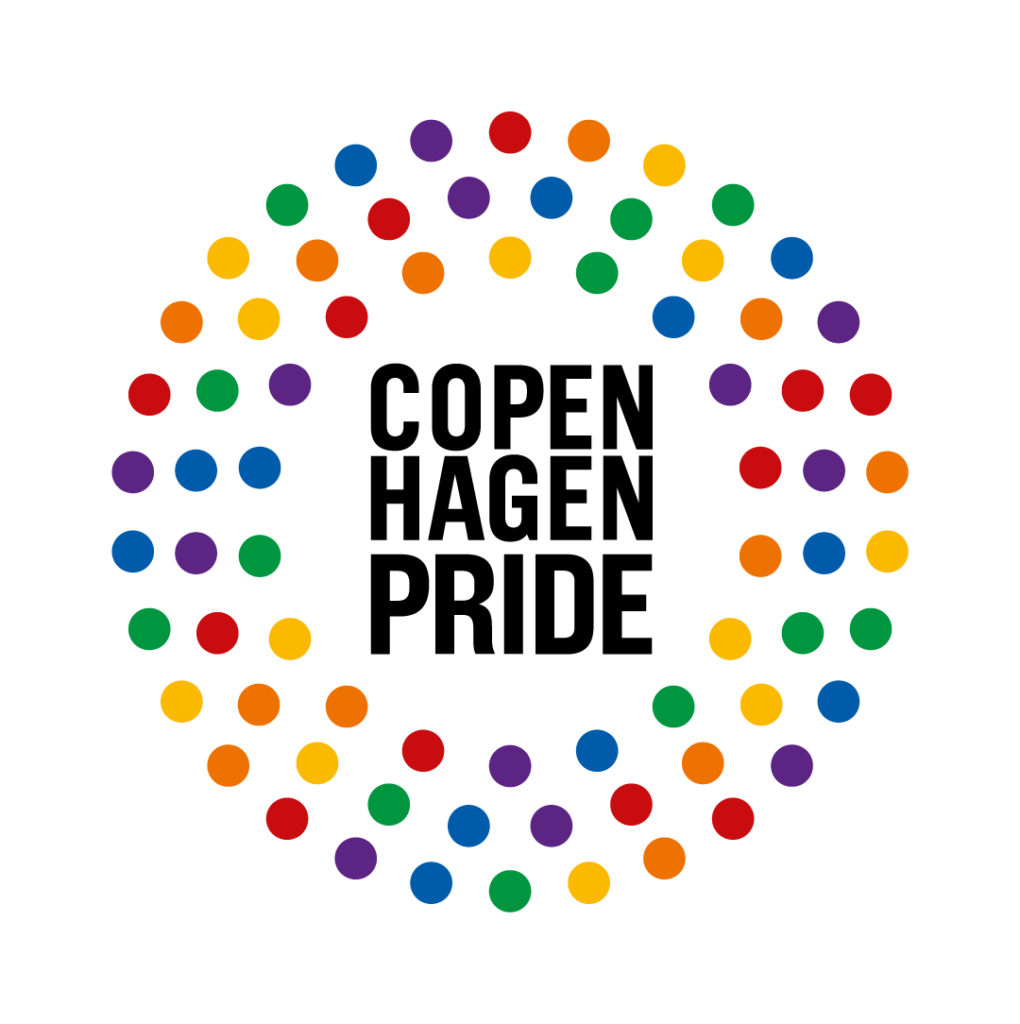
I am [ … ]
The opinions expressed within the content are solely the author’s and do not reflect the opinions and beliefs of Copenhagen Pride.
By Hendrik Fischer (He/Him)
“Labels put people into boxes, and those boxes are shaped like coffins.” – Chirlane McCray, American Writer and Activist
Chirlane McCray raised her voice and pen in the fight for equality and queer activism and she has a point, labels do put people into boxes. The question is, what happens when we as humans put ourselves into these boxes by applying labels to our own identity?
I identify as a gay man but still have no real idea what that means other than I am sexually attracted to the same gender. I often wonder if I even need to identify as gay or if I could just live my life in peace knowing very well that I am as human as it gets.
Oftentimes, when I think about labels, I tend to view them as pushed upon us by external forces only to take away our autonomy as human beings, and the inherent urge kicks in to do everything possible to prove the labeler wrong. I remember walking along the beach one day on the Northern coast of Germany, passing a group of three mid-20s gentlemen, sweaty palms clutched around beer bottles while their drunken heads nodded obtusely to the bass that was blaring from a speaker. OI FAGGOT! they yelled.
I mean, they weren’t wrong. I am gay, and therefore in their minds I am a faggot, reclaimed and branded. Labelled.
The Origin of Labelling
The labelling theory was developed by sociologists in the 1960s and 70s and has also been widely applied to the margin of homosexuality. The approach concludes that terms and words that are used in wide societal contexts to describe a certain behaviour, directly influence this behaviour according to its classification. This means that all labels applied to something from the broad societal spectrum will eventually become true as some sort of self-fulfilling prophecy. When a man for example behaves in a feminine way, he would be labelled as a homosexual. Alfred Kinsey focused directly on the application of the theory on homosexuality and stated that it is nevertheless important to separate the acts done by a homosexual from the role he is in.
But is such a separation today still possible?
Live, Love, Label
Sexual orientation and how we talk about it as people has developed together with its language terms and of course also… labels. While in the past, labels were often applied by the societal norm on marginalised groups to explain their behaviour and box them in, these days labels are being used as a self-identification method. While self-applied labels can offer a lot of gay men a sense of direction to understand who they are, they can also be restricting. On the one hand, categorising oneself into a certain social group can bring a feeling of community and belonging. I am identifying as (label) and therefore I am.
As the label theory was applied a while ago, I spoke to two gay men between the ages of 30 and 60 to understand how they perceive the world of today. They will be referred to as F. and I. to keep them anonymous.
“Labels are something that we use to identify ourselves and sometimes they can be good and bad. That depends on the power that you give to them and the part of yourself you allow to be represented by them”
– F., 32 years old.
It is important to mention that a distinction needs to be made between the label of homosexuality as the umbrella term of identity and subcategories. The first label for homosexual men after coming out is the label “gay” and everything else that follows is taken from “camp TV shows and music” (as I. put it) which showcases how gay men act.
“Labels come from identifying yourself with each other and your social circles and how the communication and also your own labels change over the years.”
– I., 56 years old.
These subcategories seem to be derived from the gay community itself and focus more on the visual identity and sexual behaviour of a person. Words such as twink, daddy, femme, and masc have been mentioned throughout the interviews when the focus shifted from the overall sexual orientation deeper into the homo (sexual) experience. Labels are therefore applied towards the current life circumstances that a gay man finds himself in to empower one’s identity and the people he surrounds himself with.
It also becomes apparent that the shift towards meeting and dating men mostly online through various dating apps has an influence on how homosexual men have to navigate their romance and dating life through the world of, mostly self-applied, labels.
“I feel it is a problem with Grindr for example, it’s like people are so focused, especially on these labels and how they identify themselves online. You need to put a label on yourself on these apps to find a person or you are kind of pushed out of the game”.
-F.
“Because of Grindr (…) you sort people out into categories and put them into boxes, and if they don’t seem to match you just discard them, so you’re missing out on so much and so many opportunities. It’s limiting and shallow because a person is more complex and interesting than just a label.”
– I.
There seems to be a certain connection between the rise in using dating apps and labelling oneself within one’s own sexual identity and favours. Since fewer people are meeting in bars these days but over their smartphones, labelling oneself is practically forced upon us to directly show others who we are. This is a contradiction, since even though it’s become almost a must to label oneself in the world of online dating, labels can still be perceived as boxing yourself in, which ultimately can lead to missing out on valuable life experiences by simply rejecting something unknown – just because we as a human cannot understand it at first glance. Labels are in fact a double edged sword, which on the one hand does lead to finding oneself in an ever changing world and stabilising ones true self, whereas on the other hand labels are in fact limiting and hinders a full and authentic experience of meeting another person.
Conclusion
As times change, the idea of self-labelling changes as it becomes an inherent part of our culture. But even though we apply labels to ourselves because it gives us power and strength, or because we are forced by a shift in culture and behaviour, the human experience shines through in the shape of wanting to connect to a person. Chirlane McCray compared labels to coffins, marking the death of yourself through boxed-in prejudice of who you are. But I see them as something else. I see labels as a shapeshifting cloak that supports you in times of hardship and growth to stay true to who you are, your identity, and self-belief. And when you do not need them any more you can shed them and store them away, as they are nothing but an addition to what makes us human: Identity and sexuality merged together as one.



